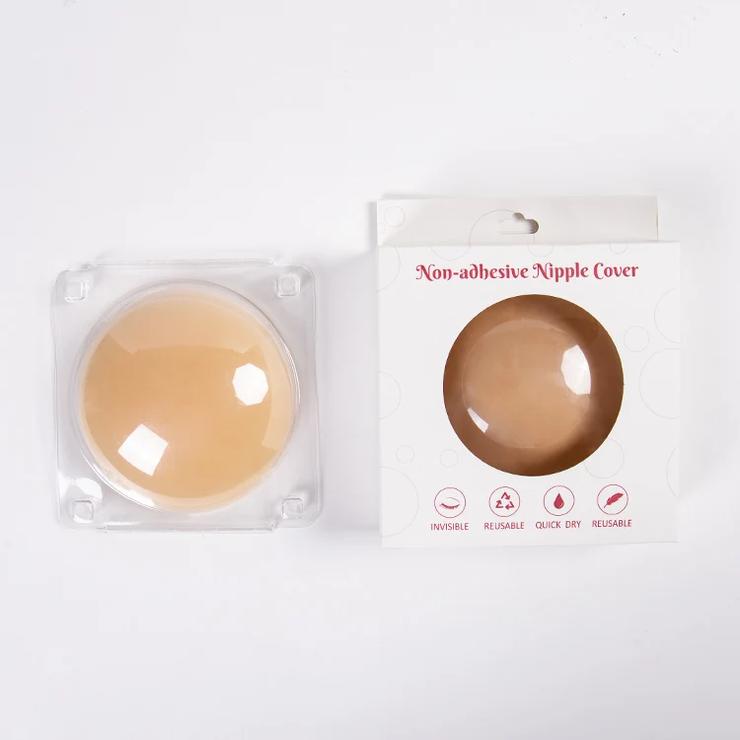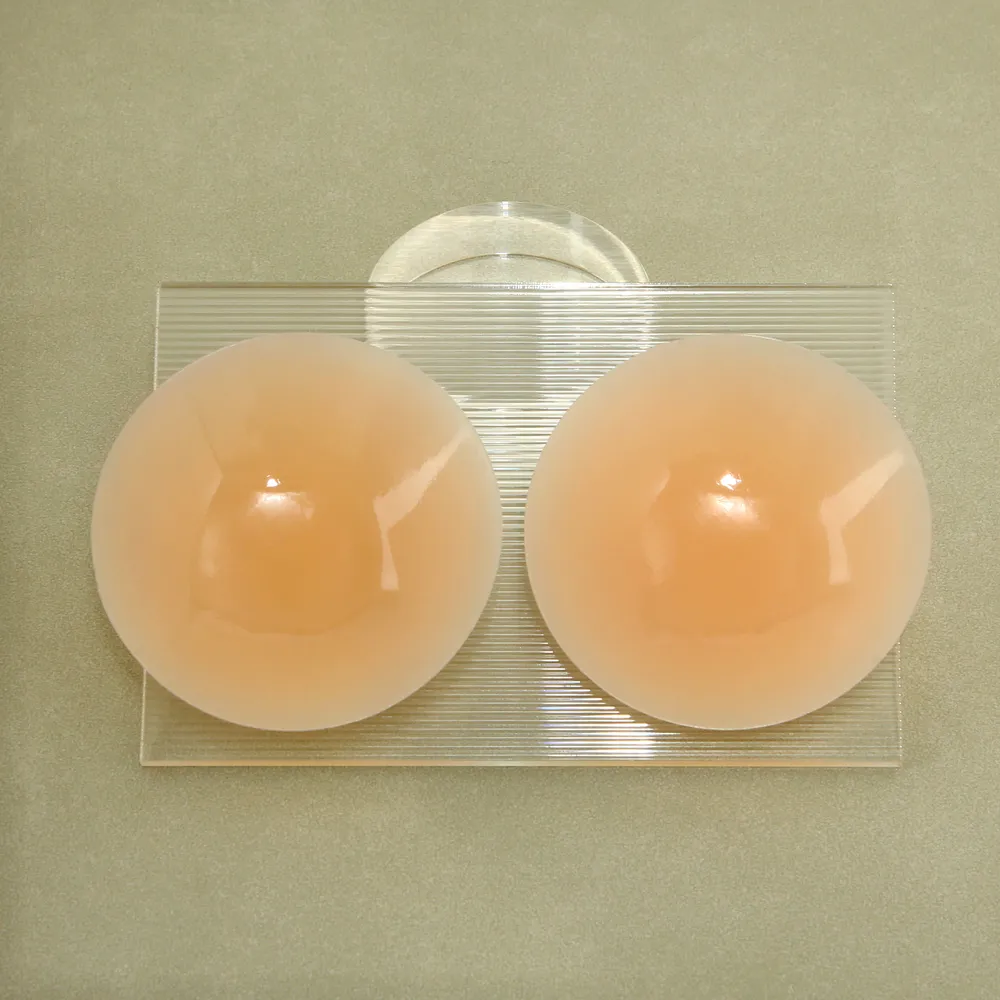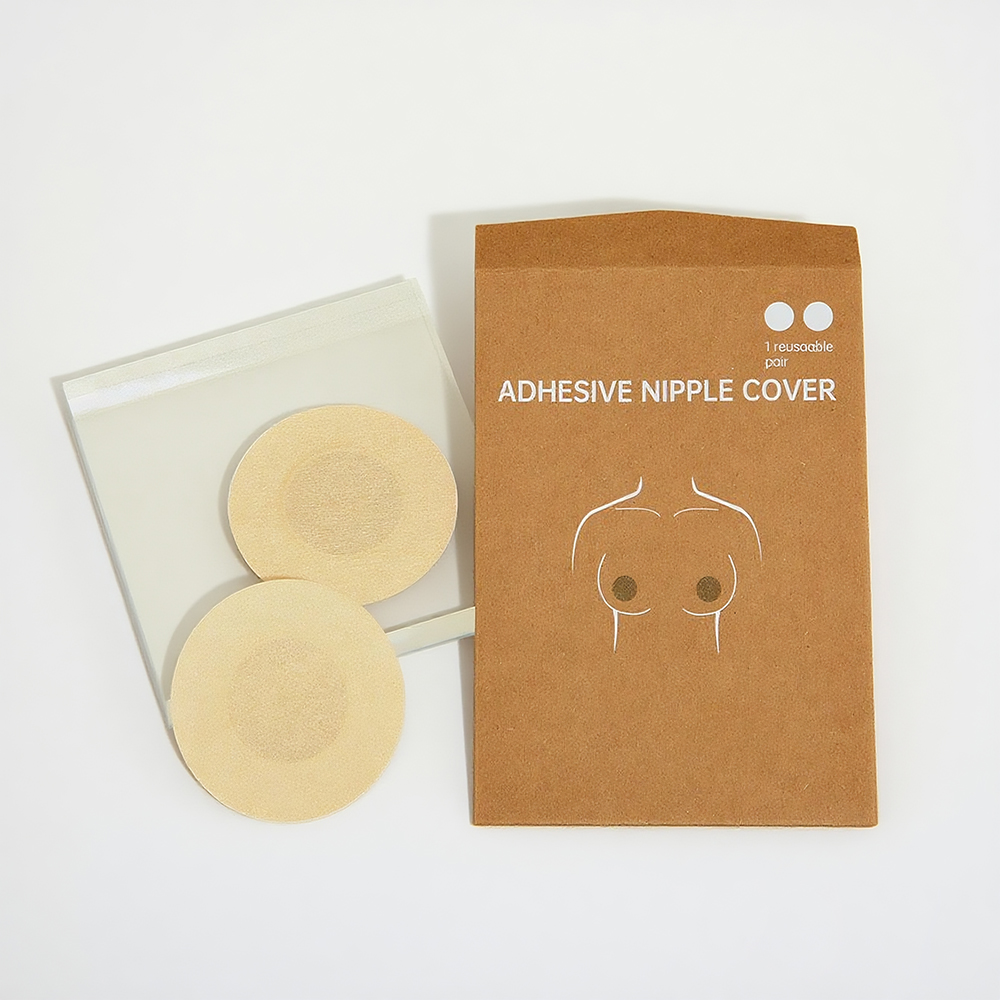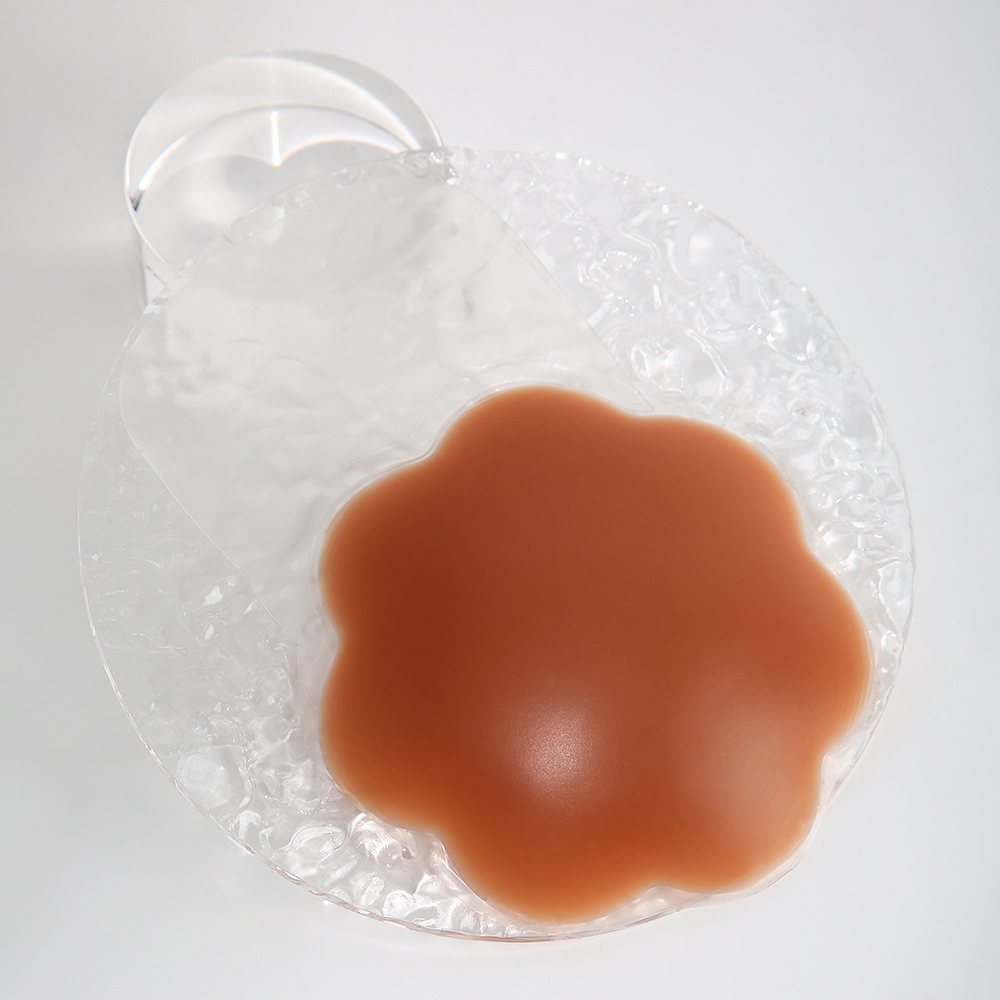-
C/O 2221 Remington Ave, Ontario,California
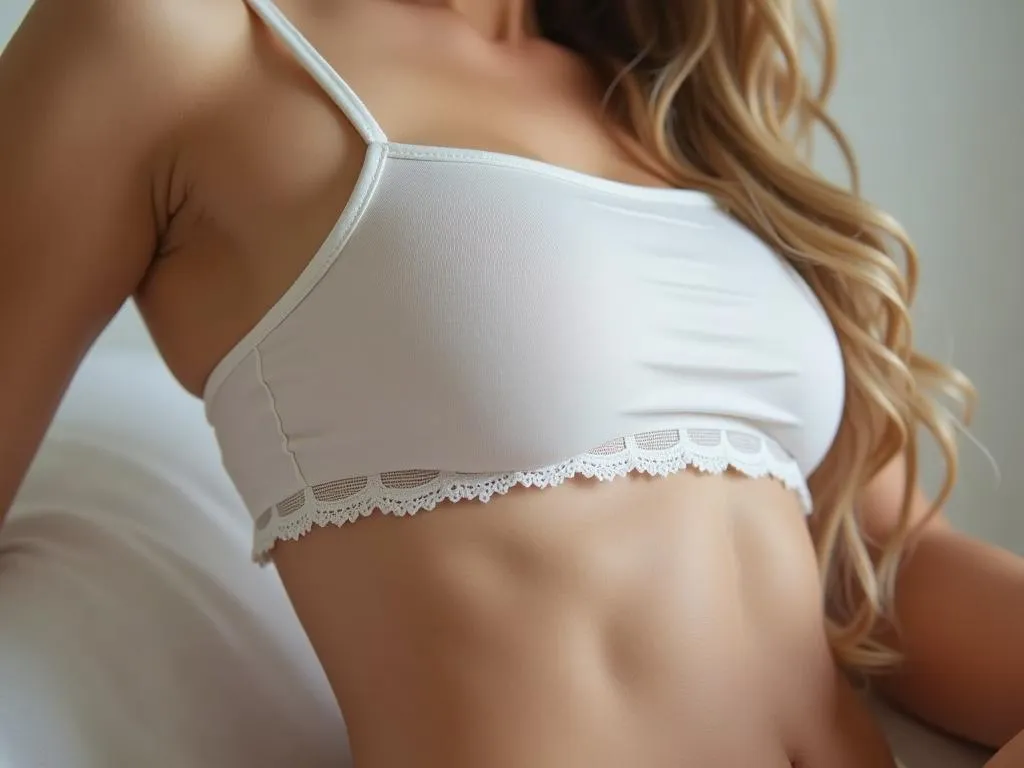
How to Stop Rash on Skin from Nipple Cover
Nipple Rash: Causes, Treatments, and the Role of Nipple Covers
Summary:
Nipple covers, whether silicone or fabric, offer an elegant solution for those looking to avoid visible nipples under clothing, especially for those with sensitive skin who may experience irritation around the nipples. However, they can cause skin irritation anywhere, including where nipple covers are used. can lead to a breast rash if not addressed promptly., allergic reactions, or even Rashes may develop if nipple covers are not properly maintained. This article explores the benefits, cons, and risks of using nipple covers, helping you make an informed decision. It’s worth reading for anyone curious about nipple covers or dealing with issues like nipple chafing and skin irritation.

Table of Contents
1. Introduction: What Are Nipple Covers?
Nipple covers are discreet pieces of fabric or silicone designed to prevent visible nipples from showing through clothing, which can help maintain skin health. They are popular for use under tight-fitting or sheer clothing can make it necessary to use nipple covers to avoid visible breast tissue. and are typically used by those who prefer to avoid wearing a bra. Nipple covers come in different forms, including nipple pasties that are designed to prevent skin irritation. silicone nipple covers, adhesive nipple covers can sometimes cause a rash if left on for too long., and fabric nipple patches. They can help with comfort, fashion, and confidence.
These products are available in various materials and designs. Some are even designed to be hypoallergenic to minimize the risk of an itchy rash. hypoallergenic and made to be gentle on the skin to prevent any irritation that may cause a rash. These nipple covers are made from breathable materials that help prevent heat rash and irritation., but for others, they may cause irritation or an uncomfortable rash. In this article, we explore everything you need to know about nipple covers, including potential skin irritation, rash under the breast, and tips to prevent discomfort.
2. Do Nipple Covers Cause Skin Irritation or Rashes?
Using nipple covers can cause skin irritation for some individuals, especially if the adhesive is too strong or the material doesn’t suit their skin type. The most common complaints are itching or a rash on the breast. If the nipple covers are left on for too long, it can cause nipple chafing or a blister, leading to redness and discomfort.
The adhesive on some nipple covers may not be suitable for sensitive skin, leading to a rash or skin reaction. People with pre-existing conditions like eczema or nipple eczema should be particularly cautious when using adhesive nipple covers, as it may exacerbate skin conditions.
3. How to Prevent Nipple Chafing Using Nipple Covers?
Nipple chafing is one of the most common issues when using nipple covers, and irritation occurs when the skin around them is not properly cared for. To prevent it, it’s essential to choose the right material and ensure the covers are the right size for your body. Opt for silicone nipple covers or hypoallergenic nipple covers, as these materials are softer and gentler on the skin. You should also avoid wearing nipple covers for prolonged periods and allow your skin to breathe to prevent heat rash.
Another great tip is to choose a breathable material that won’t trap sweat, which can worsen skin irritation. If you experience irritation, If irritation occurs, it is advisable to discontinue the use of the nipple covers. use and allow the skin to heal before trying again.
4. The Pros and Cons of Nipple Covers: Should You Use Them?
Like any product, nipple covers have their pros and cons. On the plus side, they are discreet and help prevent visible nipple outlines under clothing. They are often favored by individuals who want to wear tight or sheer clothing without worrying about visibility.
However, nipple covers also have the potential to cause a rash if not used properly. cons. As mentioned earlier, they can lead to a rash on your breast, nipple chafing, or skin irritation. The adhesive on some products may cause allergic reactions, while poorly made covers can cause discomfort. It’s essential to explore the pros and cons and consider your own skin’s sensitivities before using them regularly.
5. Are Silicone Nipple Covers Better Than Fabric?
When choosing between silicone nipple covers and fabric versions, it comes down to personal preference and skin sensitivity. Always follow the manufacturer’s instructions for cleaning and removing the tape for a maximum duration. Silicone nipple covers tend to offer better adhesion and a smoother finish, making them ideal for more form-fitting clothing. However, they may cause more skin irritation for people with sensitive skin.
Fabric nipple patches are often more comfortable for long-term wear and are a better option for those with sensitive skin, as they allow for more breathability. However, they may not adhere as well as silicone versions, making them less effective for keeping clothing in place.
6. How to Choose the Best Nipple Cover for Sensitive Skin?
If you have sensitive skin it’s crucial to look for options that minimize the risk of causing rashes, especially in the breast area. hypoallergenic nipple covers that are gentle on your skin. Silicone nipple covers labeled as nipple pasties hypoallergenic are a great option, as they reduce the chances of skin irritation or allergic reactions. Choose options that are breathable and made for long-term wear.
Make sure to test any product on a small patch of skin first to see if it causes any irritation. Disposable nipple covers may be a better choice for those who only need them occasionally or for special occasions, while reusable silicone nipple covers have become a popular choice for women seeking comfort and discretion. are better for regular use.
7. Can Nipple Covers Lead to Infections or Allergies?
Nipple covers, especially adhesive nipple covers, can cause allergic reactions in some individuals, leading to redness, itching, or even a rash that may develop if not properly cared for. blister on the nipple. If the covers are not cleaned or replaced regularly, they can also harbor bacteria, potentially causing infections.
In rare cases, improperly using nipple covers may also lead to conditions like yeast infections or mastitis, especially if they are worn for too long or without cleaning. If you experience pain, swelling, or pus, seek medical attention immediately.
8. What to Do If You Get a Rash or Skin Reaction from Nipple Covers?
If you develop a rash under the breast or nipple irritation may be a sign of an allergic reaction or a more serious skin condition that requires treatment, such as inflammatory breast cancer. discontinue the use of the nipple cover. Wash the affected area with mild soap and dry with a clean towel. Apply a soothing lotion like aloe vera You may want to apply a topical cream or a corticosteroid cream to reduce redness and swelling if irritation occurs.
If the rash doesn’t improve or you develop more severe symptoms, it’s important to see a doctor. It may be a sign of an allergic reaction or a more serious skin condition that requires treatment.
9. The Benefits of Using Nipple Covers in Fashion and Everyday Life
Nipple covers provide several benefits in daily life and fashion, nipple covers have become essential for many women. , or consider using tape for a maximum of eight hours. smooth, seamless look under clothing without the bulk of a bra. They are perfect for tight or sheer clothing, strapless outfits, and backless dresses, allowing you to wear outfits with confidence.
Additionally, nipple covers are perfect for those who want to avoid visible nipples during physical activities, ensuring you stay comfortable throughout the day.
10. How to Care for Nipple Covers to Avoid Skin Issues?
Proper care for your nipple covers is crucial to avoid skin issues. They help you achieve a more comfortable experience while protecting the skin around the nipple. nipple covers, consider your skin type and any signs of infection. For reusable silicone nipple covers, clean them regularly with mild soap and warm water to remove any bacteria or sweat that may accumulate. Fabric nipple covers should be hand-washed and air-dried to maintain their integrity.
If you’re using adhesive nipple covers, ensure that the adhesive is intact and not worn out, as old adhesives can irritate. When using for long periods, be sure to remove them to allow your skin to breathe.
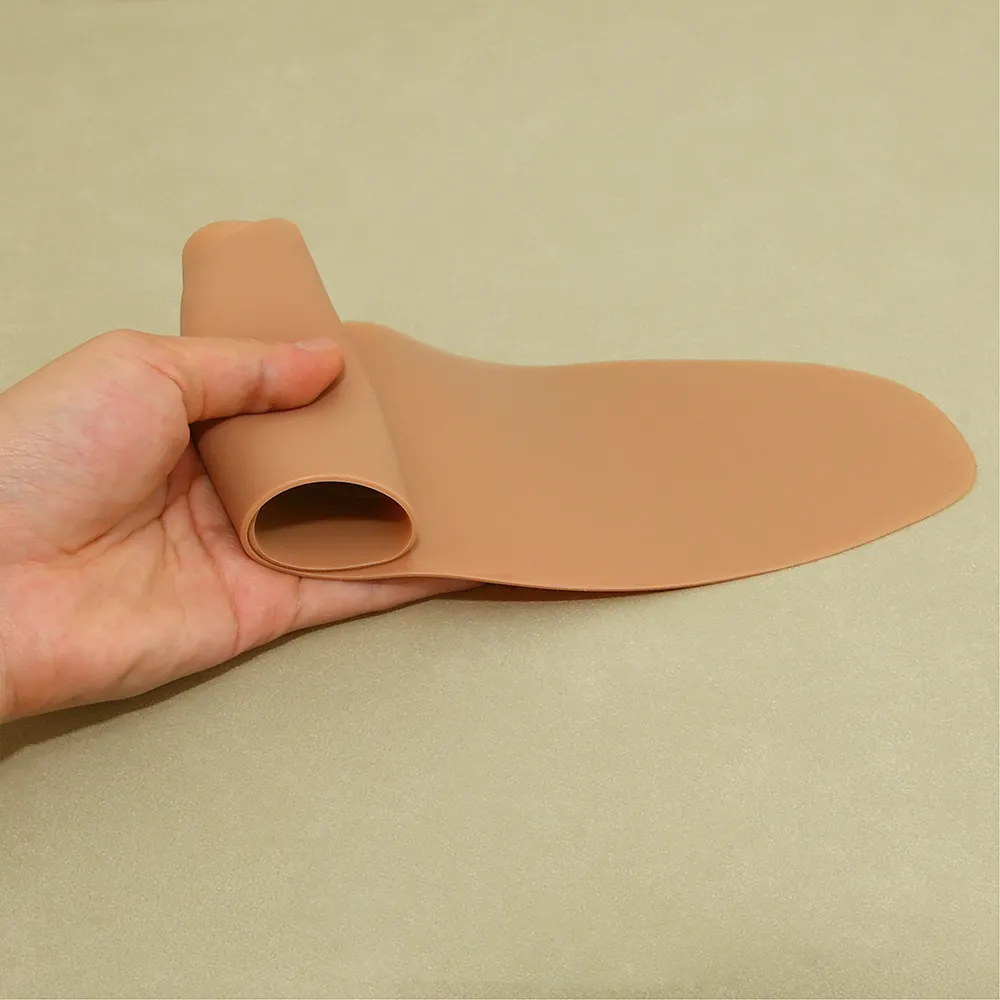
Key Takeaways:
- Nipple covers help prevent visible nipples but can cause skin irritation or rashes in some individuals.
- Choose hypoallergenic and breathable nipple covers if you have sensitive skin.
- Silicone nipple covers offer better adhesion, but fabric versions are gentler on the skin, reducing the risk of irritation that can cause rashes.
- Always follow proper care instructions to prevent issues like an infection called mastitis. cleaning and removal techniques to avoid infections or allergies.
- If you experience irritation or a rash, discontinue use and seek medical attention if necessary.
For more information on choosing the best nipple covers, check out these products:
I hope this helps! If you need further adjustments or additional sections, feel free to let me know!

